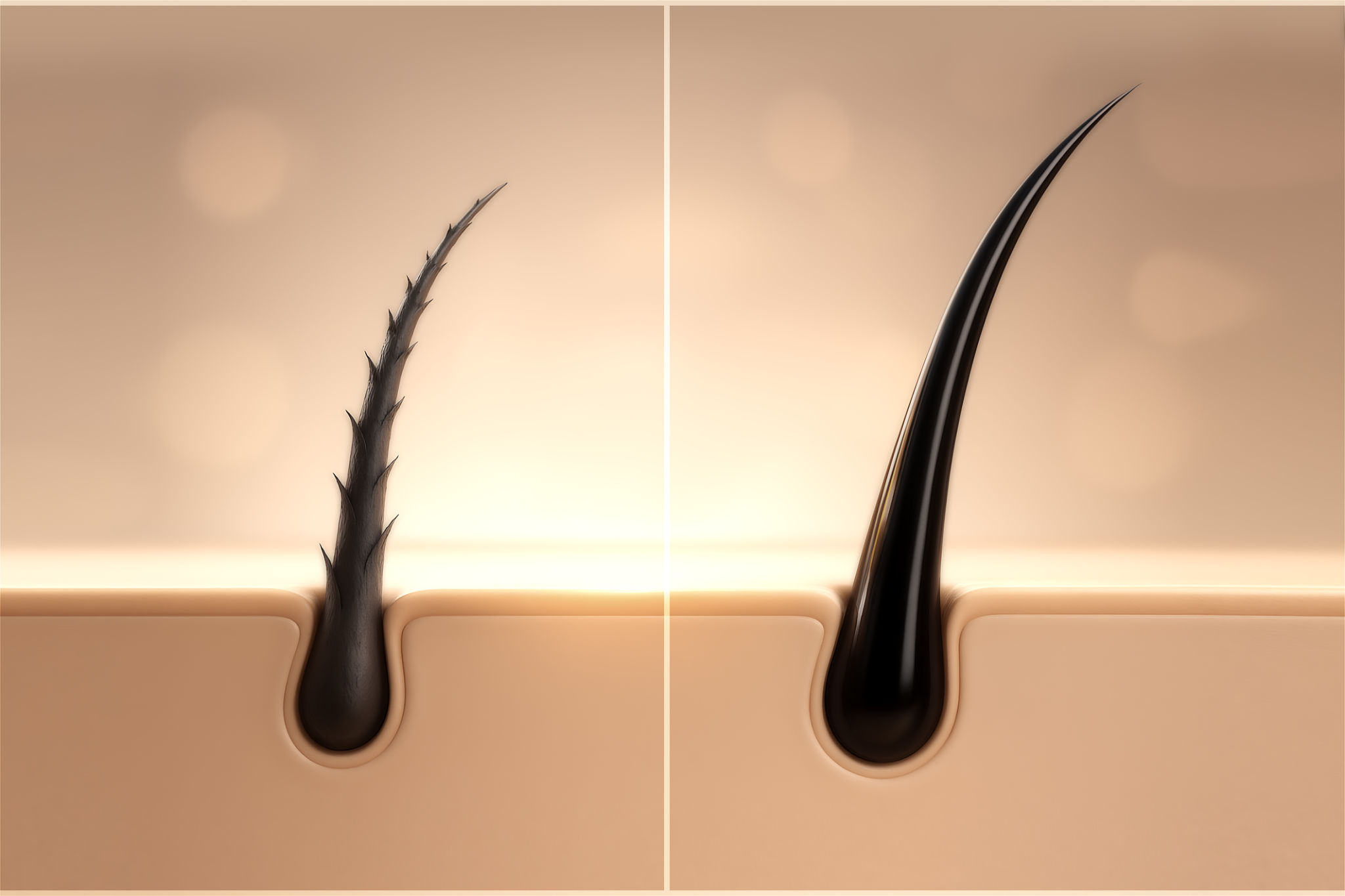Comparing Drug Testing Methods: Urine, Saliva, and Hair Tests
Understanding Drug Testing Methods
Drug testing is a crucial process in many sectors, including employment, sports, and legal settings. Various methods are employed to detect the presence of drugs, each with its own advantages and limitations. The most common drug testing methods include urine, saliva, and hair tests. Understanding the differences between these methods can help in choosing the most suitable one for specific needs.

Urine Drug Testing
Urine drug testing is the most widely used method due to its cost-effectiveness and ease of administration. This method detects the presence of drug metabolites, which are substances produced when the body breaks down drugs. Urine tests are highly effective for detecting recent drug use, typically within a few days of consumption.
However, urine tests have some limitations. They may not detect drug use that occurred more than a few days prior to the test. Additionally, individuals may attempt to tamper with their samples, though supervised collection can mitigate this risk. Despite these challenges, urine testing remains a popular choice for many organizations.
Saliva Drug Testing
Saliva drug testing, also known as oral fluid testing, involves collecting a saliva sample, usually via a swab of the mouth. This method is less invasive and easier to administer compared to urine testing. Saliva tests are excellent for detecting very recent drug use, often within hours of consumption.

One of the main advantages of saliva testing is the difficulty in tampering with the sample, as it can be collected under direct supervision. However, it has a shorter detection window compared to urine tests and may not be as effective for detecting long-term or habitual drug use.
Hair Drug Testing
Hair drug testing is unique in its ability to provide a long-term view of an individual's drug use history, typically covering a period of up to 90 days. This is because drugs are incorporated into hair strands over time as they grow. Therefore, hair tests are particularly useful for detecting chronic drug use.
The collection process involves cutting a small sample of hair, usually from the scalp, which is then analyzed in a laboratory. While hair drug testing offers a longer detection window, it is more expensive and results take longer to process compared to urine or saliva tests.

Choosing the Right Drug Test
Selecting the appropriate drug testing method depends on several factors including the desired detection window, budget, and the potential for sample tampering. Urine tests are ideal for routine screenings where cost is a concern and recent use detection is sufficient. Saliva tests are preferable for situations requiring immediate results with minimal invasion of privacy. Meanwhile, hair tests are suited for assessing long-term substance abuse patterns.
Ultimately, understanding these differences can aid organizations and individuals in making informed decisions about drug testing practices. Each method has its own strengths and weaknesses, and the choice should align with specific objectives and requirements.
